
Guess the Genius
Niels Bohr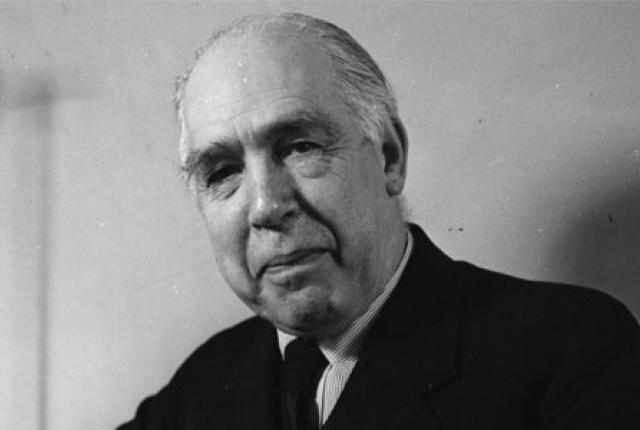
10 POINTS
Elaine, Nica, Christine and Natalia

(Abdi) Proton
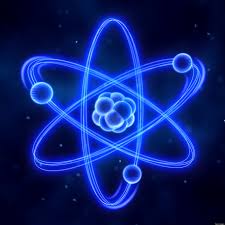
1 POINTS
Question: What is the Charge of a Proton and what’s it’s other name in radiation
Answer: Positive Charge and Alpha Particle

(Abdi)Electron

1 POINTS
Question: What’s an electron called and what’s it’s other name in radiation
Answer: Negative charge and it’s called a beta particle

Ernest Rutherford
1871-1937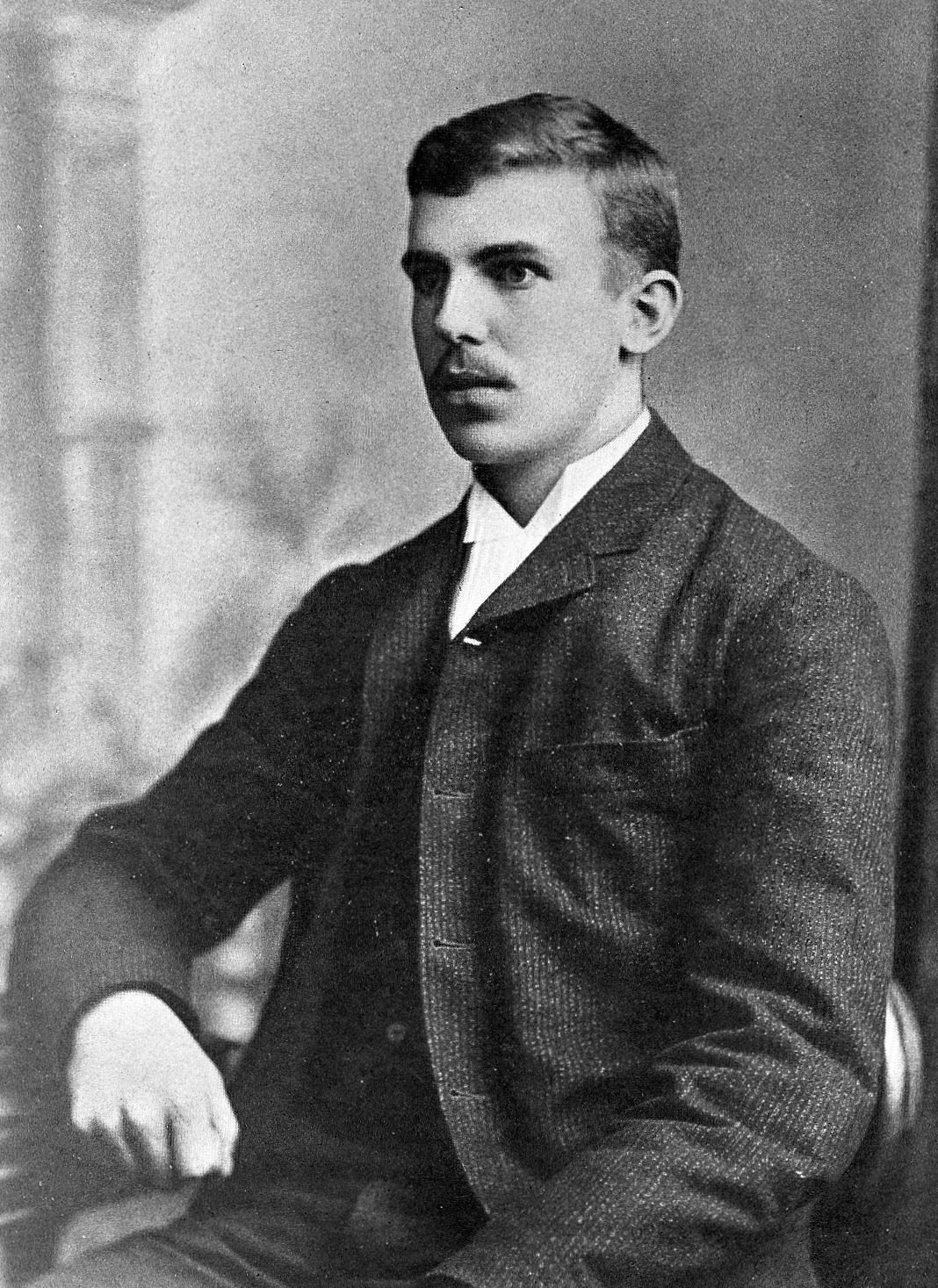
Fontaine Chu, Krystal Xie anRyan Yu POINTS
was a New Zealand physicist
discovered alpha and beta rays
set laws of radioactive decay, and identified alpha particles as helium nuclei

(Abdi)Cathode Ray Tube CRT

3 POINTS
Question: What is a Cathode Ray Tube and which scientists used it?
Answer:A tube with low pressure gas and two electrodes which conducts electrical discharge.
Used by William Crookes and J.J Thomson

Discovery/Theory card
The Periodic Law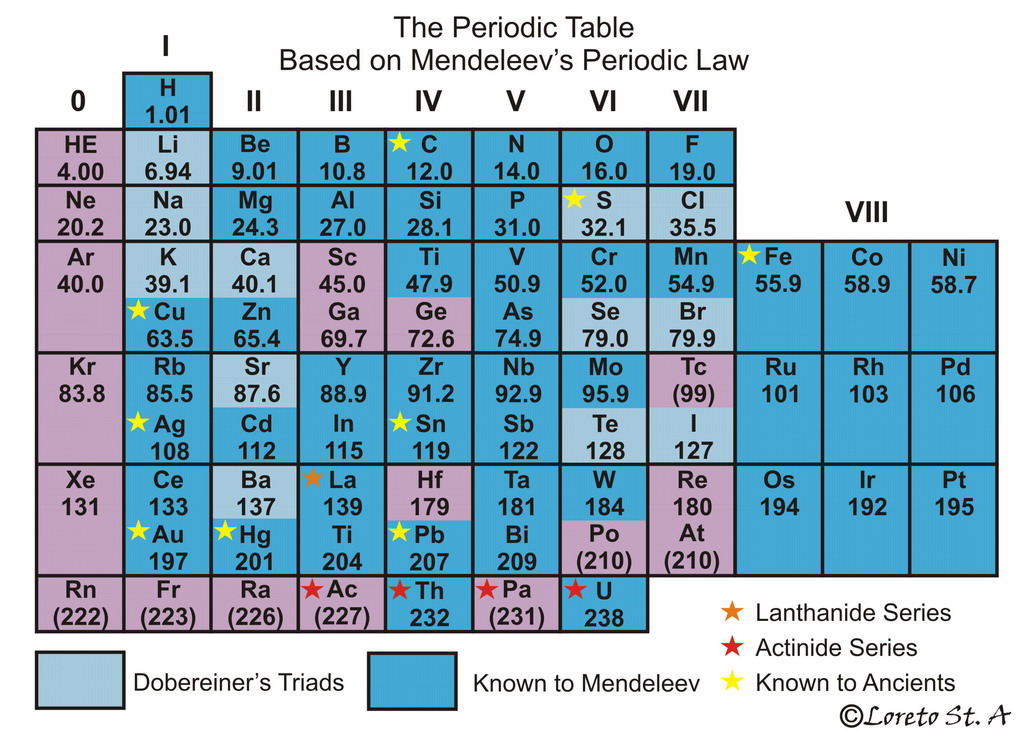
Parker POINTS
Repetition in chemical and physical properties of the elements is a fundamental pattern in nature / The pattern is periodicity and forms the basis of the periodic law / The properties of the elements recur periodically when the elements are arranged in increasing order by their atomic numbers

Dmitri Mendeleev
Chemist and Inventor 1834-1907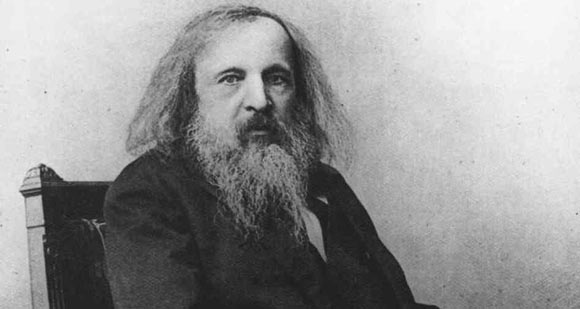
Parker POINTS
Home: Russia
Awards: Copley Medal, Demidov Prize, Element 101 – Mendelevium is named after him
Notable students: Konovalov, Gemilian
Quote: In a dream I saw a table where all the elements fell into place as required. Awakening, I immediately wrote it down on a piece of paper.

Discovery/Theory card
The Neutron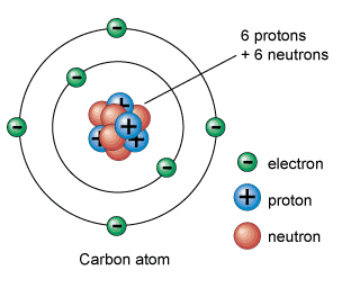
Parker POINTS
A beam of high penetrating power is produced by bombarding beryllium with alpha particles / The beam’s particles have the same mass as protons and are not affected by electric or magnetic fields / Called Neutrons because they have no charge, and are neutral / They are inside and play an important role in maintaining the nucleus.
